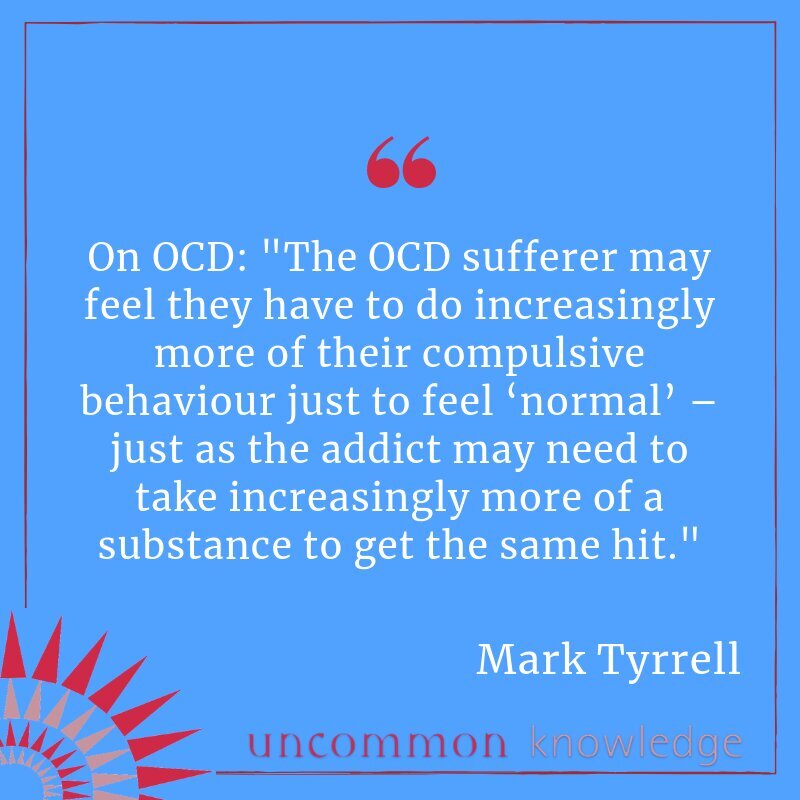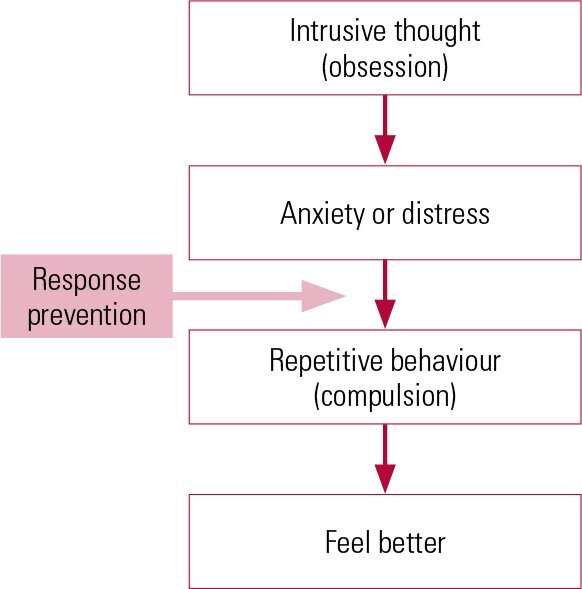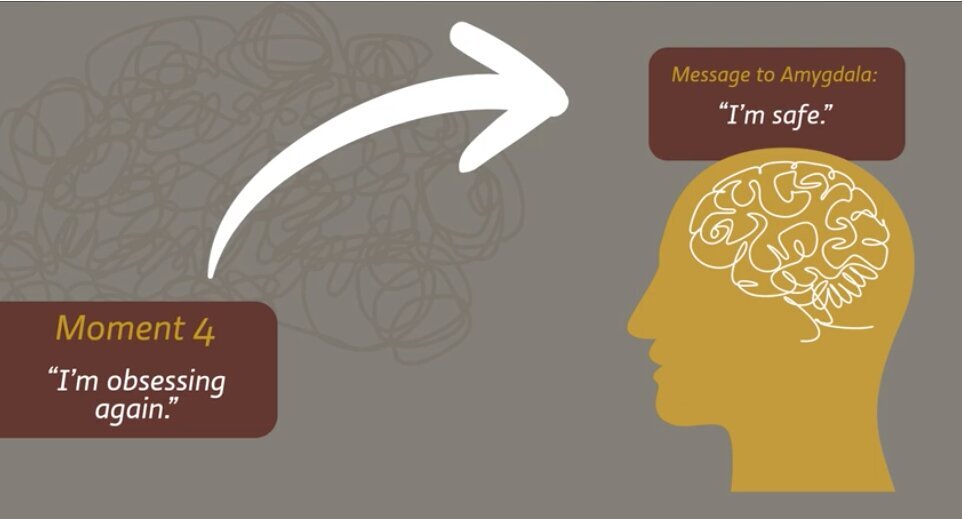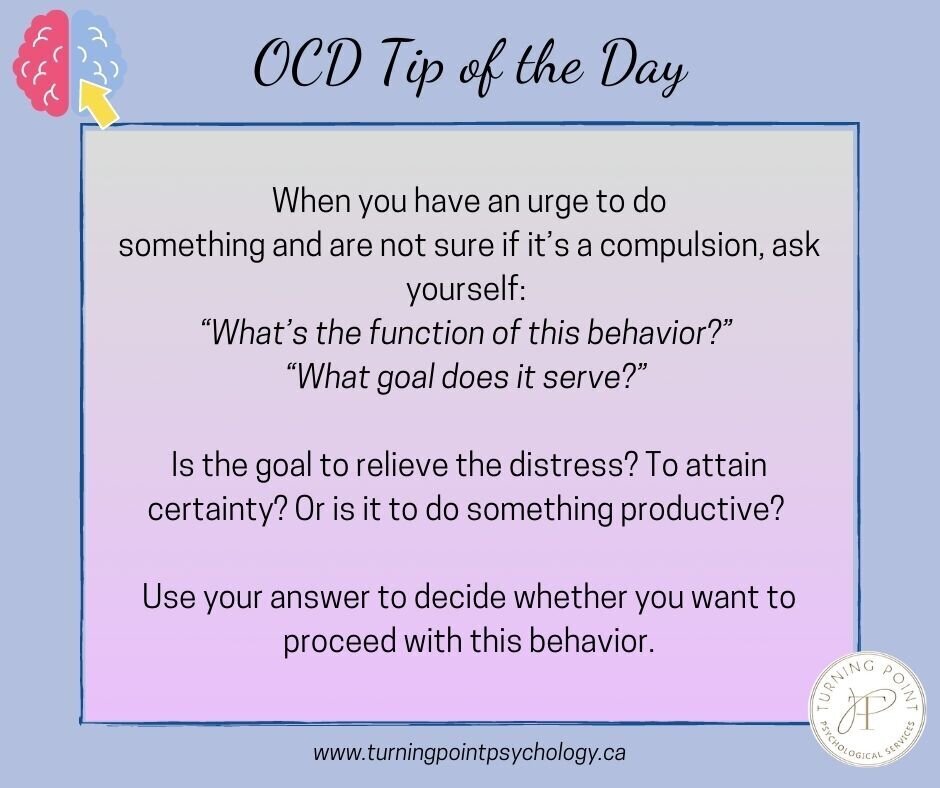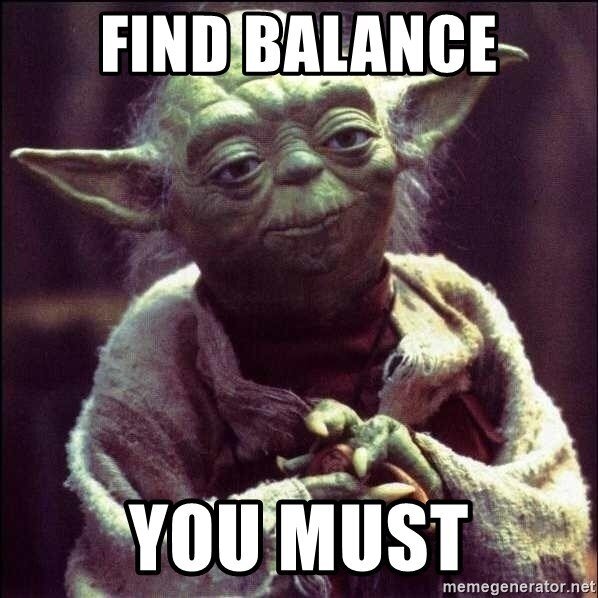
What is rumination? 9 tips to help you stop
Rumination is when a person thinks repeatedly about negative emotions or experiences. Read more about the causes and how to stop ruminating.
 www.medicalnewstoday.com
www.medicalnewstoday.com
Spend time in nature: A 2014 study found that people who went on a 90-minute nature walk reported fewer symptoms of rumination after their walk than those who walked through an urban area instead.


